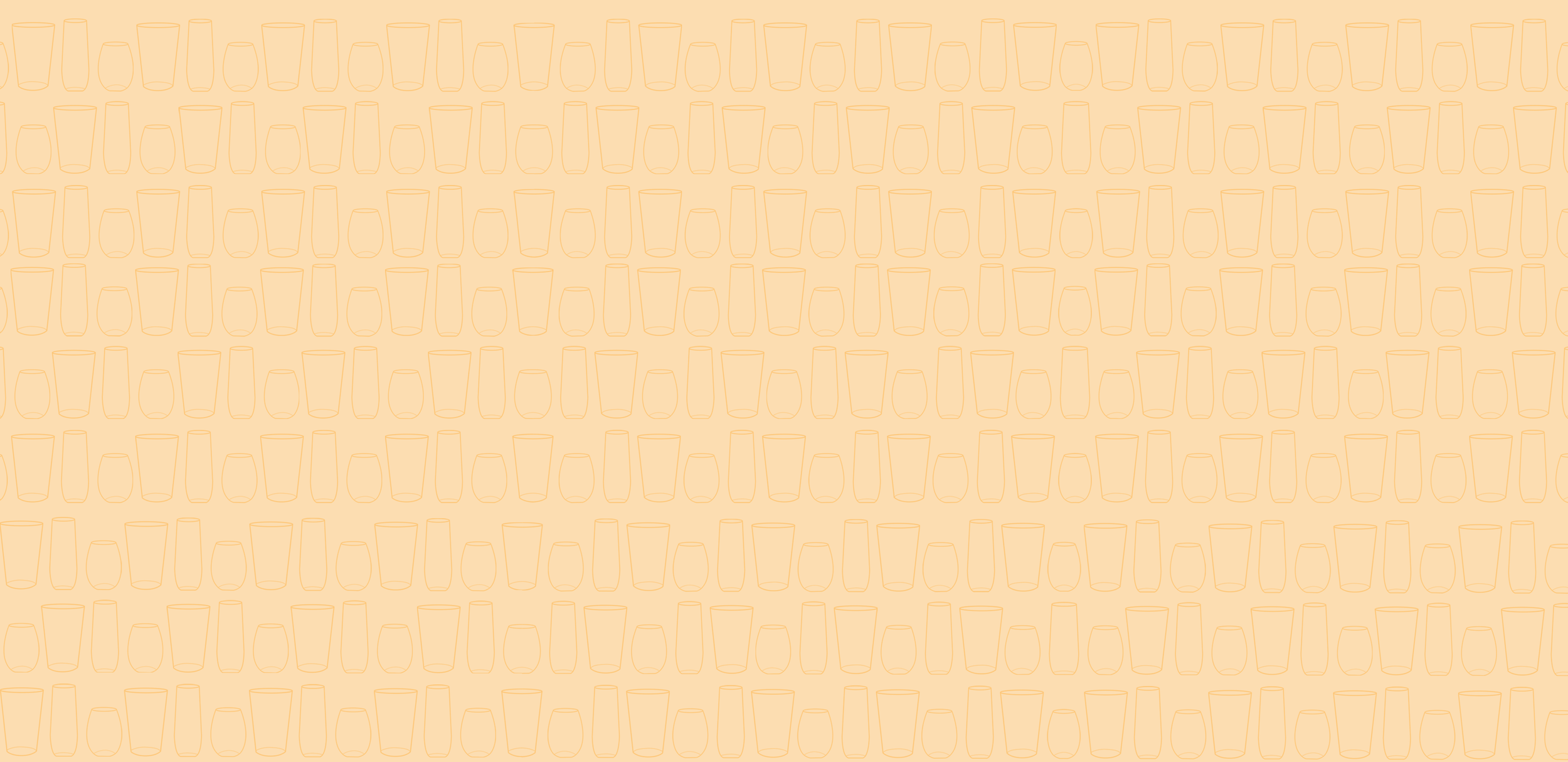
23 January 2018
A Short History of Microfiber
Bad news.
Turns out when you wash your clothes, towels and blankets that are made of synthetic materials, they release tiny microfibres into your washing machine. Your washing machine drains into your sewer pipe. Your sewer pipe goes to a treatment plant, which removes all the debris and organic matter. Well, it removes most the debris. It can’t filter out all the microfibres from your load of washing.
Once “everything” has been filtered out, the “clean” water can be released into the environment.
While we learned about microbeads a little while ago, and how they affect marine life and those who eat it (very badly- they absorb toxic chemicals as they travel through waterways) most people are still discovering that the microfibres in their clothes can have a similar effect. We now generally refer to either/both as microplastics.
A number of countries have recently banned microbeads completely from any products (they show up mostly in cosmetics and toothpaste, loved and promoted for their exfoliation and cleansing properties) including Canada, Ireland, UK, USA, NZ and Netherlands. This is a huge step in removing some of the more ubiquitous microplastics from the ocean. Australia is currently relying on a voluntary phase-out by industry. If you want to check if your products contain microbeads, have a look here.
As you can imagine, the challenge with microfibres is much higher. Synthetic fabrics have a huge place in our society, they do things that natural fibres, for the most part, just can’t. And isn’t it a good thing we’re recycling all those plastic bottles?
At the moment, not really. Synthetic microfibres that are released into the ocean have almost as much capacity to bond with toxic chemicals in waterways as microbeads and are just as susceptible to be ingested by marine life, and therefore humans who eat marine life. There are, of course, ways to approach solving this problem that don’t involve taking away our precious synthetic clothing and one of our methods of recycling.
Suggestions for stopping fibres at washing machines themselves include a nanoball which could attract fibres, a bag for your synthetic clothes which will keep the fibres in, and even waterless washing machines, all of which are in various stages of development. The efficacy of each of these products in preventing microfibre release from the machine is still unclear.
We could go further down the chain and demand our treatment plants come up with some sort of filter, or we could get replace alllll our cheap synthetics with better quality pieces (which, even when synthetic, seem to shed a lot less), and/or pieces that have had an anti-shed treatment applied.
For now in Australia, we don’t really have an easy way out. My best advice is to look again when shopping- if you can find what you need in natural fabrics, buy it. Natural fabrics release fibres too, but because they’re organic they break down easily when they travel through the waterways, and don't tend to absorb the chemicals that make synthetic microfibres such an issue. And with your existing synthetics, consider before washing- is it really dirty? Some pieces of clothing can be left a few more wears, especially if you’re the type to automatically throw it in the basket after a single wear. You can also use fabric softener and choose a liquid detergent, which is gentler and therefore reduces fibre shedding.
- Sam



